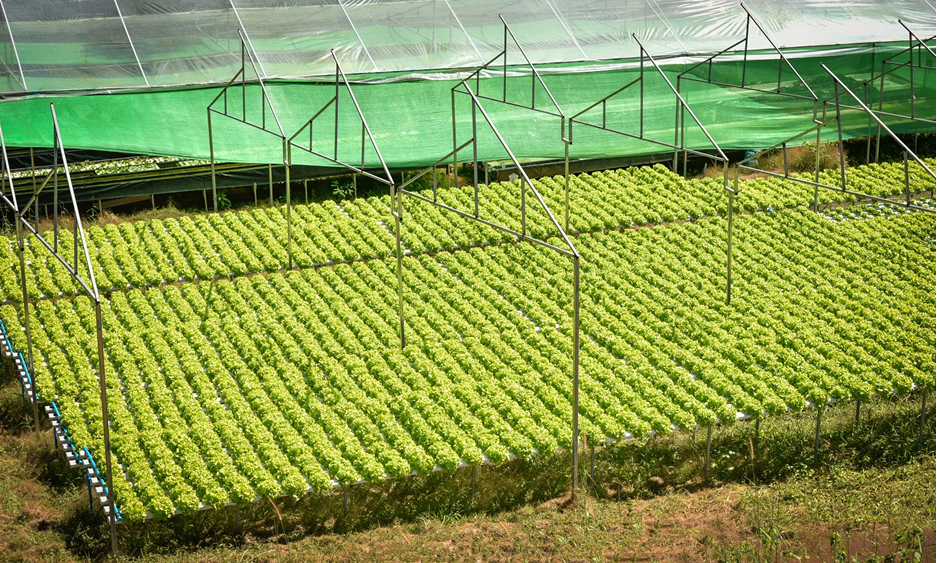
The Rising Heat – How Increasing Temperatures Are Changing Agriculture and the Role of Shade Nets
Over the past few years, the world has been experiencing record-breaking summer temperatures. Heatwaves have become more frequent and intense, affecting not only human health but also agriculture. As temperatures rise, farmers are struggling with reduced crop yields, increased water evaporation, and higher risks of plant diseases.
The Impact of Rising Temperatures on Agriculture
The agricultural sector has been one of the hardest hit by climate change. Here are some of the key challenges farmers are facing.
- Heat Stress on Crops – Excessive heat causes plants to wilt and reduces photosynthesis, leading to lower productivity and poor-quality yields.
- Increased Water Demand – Rising temperatures lead to faster evaporation, making irrigation more challenging and increasing water scarcity concerns.
- Pest and Disease Infestation – Warmer temperatures create favorable conditions for pests and fungal infections, further damaging crops.
- Soil Degradation – High temperatures contribute to soil dryness and degradation, reducing fertility and making it difficult for plants to grow.

Shade Nets: A Solution to Protect Crops
With these challenges in mind, farmers are turning to innovative solutions to protect their crops. One of the most effective methods gaining popularity is the use of shade nets. These nets provide multiple benefits in mitigating the adverse effects of extreme heat.
The Rising Demand for Shade Nets
As climate change accelerates, the demand for shade nets has increased significantly. More farmers, horticulturists, and greenhouse operators are incorporating them into their farming practices. Countries with high agricultural outputs, especially in regions experiencing extreme heat, have started promoting the use of shade nets through subsidies and government initiatives.
As the world continues to face the challenges of climate change, shade nets are proving to be an invaluable tool in modern farming

